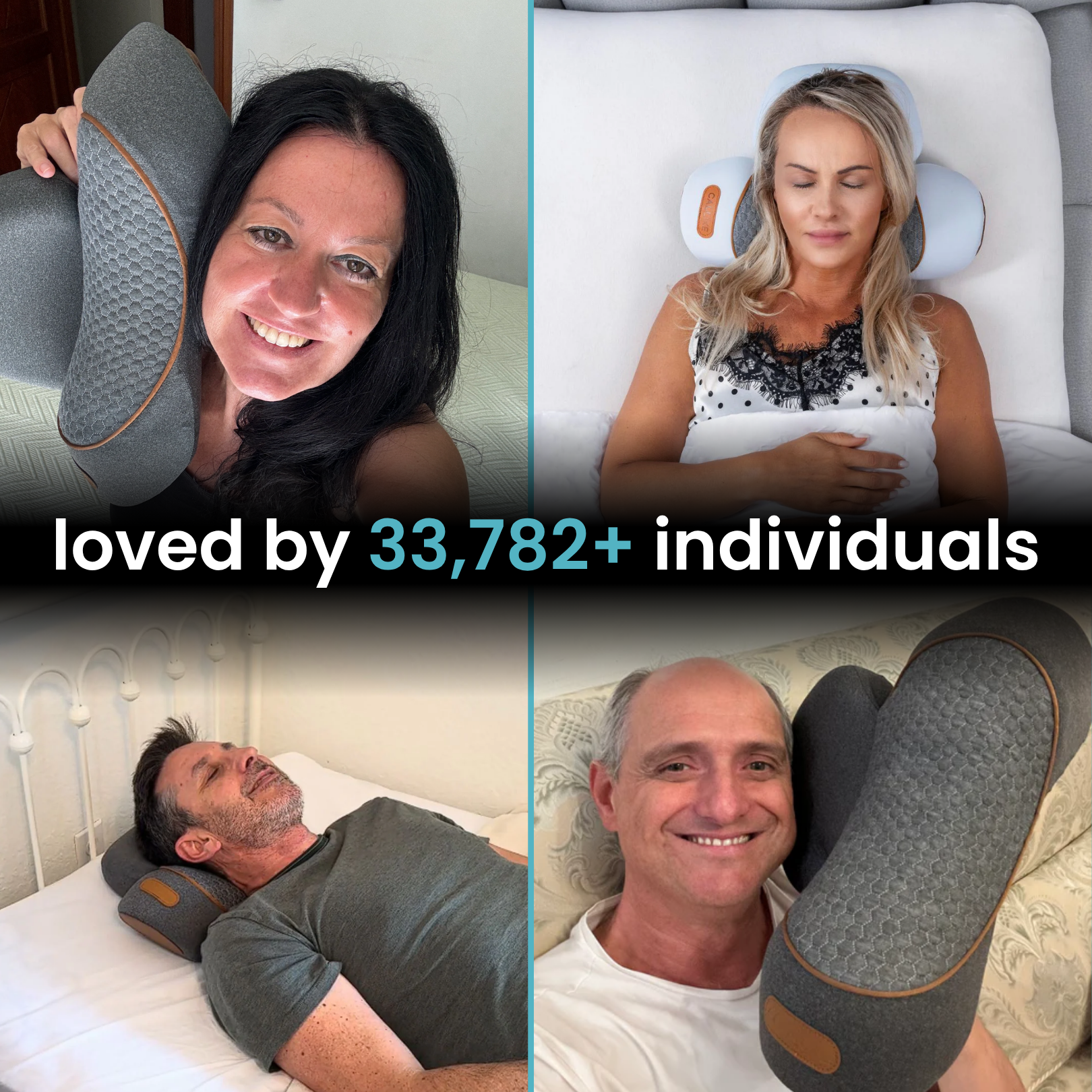
FisioRest Zone Therapy: Targeted Treatment Areas 2025
Understanding FisioRest Zone Therapy
FisioRest Zone Therapy is a cutting-edge approach in physiotherapy that focuses on targeted treatment of specific areas or "zones" on the body. This method emphasizes precise interventions to promote holistic recovery, reduce pain, and improve functional movement. As the healthcare landscape evolves, targeted therapies like FisioRest are becoming increasingly vital for personalized patient care, especially with technological advancements shaping their application in 2025. This article explores the core principles, innovations, and future prospects of zone therapy as it transforms physiotherapy practice.
Core Concepts of Zone Therapy
The concept of treatable zones on the body
Zone therapy operates on the idea that the body can be divided into specific regions or zones, each correlating with underlying structures such as muscles, nerves, and skeletal components. By focusing on these zones, therapists can apply precise interventions to address issues more effectively.
Mapping of zones: anatomical and energetic perspectives
Zone mapping combines traditional anatomical knowledge with energetic models, allowing practitioners to identify problem areas with greater accuracy. This dual approach ensures that both physical and functional aspects are considered during treatment.
Mechanisms behind targeted interventions
Interventions within zone therapy work through manual techniques, digital stimulation, and neuro-modulation, stimulating healing responses precisely where they are needed, thus promoting faster recovery and better outcomes.
Technological Advancements by 2025
Integration of AI and biofeedback systems
By 2025, artificial intelligence and biofeedback tools are integral to zone therapy, enabling real-time monitoring and personalized treatment adjustments for optimal results.
Use of precision mapping tools and imaging
Advanced imaging technologies like MRI and thermal imaging help clinicians accurately identify zone issues, ensuring precise targeting during therapy sessions.
Wearable devices enhancing zone identification
Wearables equipped with sensors facilitate continuous tracking of muscle activity and nerve responses, empowering therapists to refine treatment in real-time and improve patient outcomes.
Targeted Treatment Areas in 2025
Upper body zones
- Neck, shoulders, and upper limbs
Precise zones around the neck, shoulders, and arms enable targeted relief for conditions like rotator cuff injuries, nerve impingements, and muscular strain.
Trunk zones
- Thoracic and abdominal areas
Focus on these regions helps address postural issues, digestive problems, and musculoskeletal pain related to the spine and core muscles.
Lower body zones
- Hips, pelvis, and legs
Targeting these zones allows effective treatment of lower back pain, hip dysfunctions, as well as knee and ankle issues.
Special focus zones
- Spine, sacrum, and extremities
These critical regions receive focused interventions to restore mobility and alleviate chronic discomfort.
Personalized Treatment Approaches
Modern zone therapy emphasizes patient-specific mapping, which considers individual anatomies and conditions. Customized therapy protocols are developed based on detailed digital assessments and ongoing monitoring, ensuring each patient gets tailored care. The integration of technology allows practitioners to track progress accurately and adapt treatments dynamically for maximum effectiveness.
Innovations in Zone Therapy Techniques
- Combining manual therapy with digital tools, such as laser stimulation and biofeedback devices, enhances precision and outcomes.
- Neuromodulation techniques, including targeted electrical stimulation within zones, activate neural pathways to promote healing.
- Augmented reality (AR) is employed to engage patients visually during therapy, enhancing understanding and compliance.
Benefits of Precise Zone Therapy
Precise targeting maximizes treatment effectiveness, often leading to faster recovery times. It minimizes unnecessary interventions, reducing patient discomfort and healthcare costs. Furthermore, personalized and technologically driven therapy improves patient engagement and adherence, resulting in better overall outcomes.
Case Studies and Clinical Outcomes
In 2025, innovative zone therapy treatments have demonstrated remarkable success across various conditions, from chronic back pain to sports injuries. Clinical reports highlight significant improvements in mobility and pain reduction, supported by evidence-based research. These success stories underline the future potential of targeted zone therapy as a standard practice and inspire ongoing research into new applications.
Challenges and Limitations
Despite exciting innovations, technological barriers such as high costs and limited access remain. Ensuring the precision and efficacy of digital tools requires rigorous validation. Additionally, practitioners need specialized training to execute advanced techniques effectively, which can pose an initial hurdle for widespread adoption.
Future Directions and Research
Emerging technologies like regenerative medicine, stem cell therapies, and advanced biomaterials are anticipated to integrate with zone therapy, further enhancing healing. Researchers are also exploring how AI-driven diagnostics and personalized treatment algorithms can unlock new horizons. Addressing existing research gaps will pave the way for more refined and accessible treatments in the coming years.
Implications for Practitioners
Practitioners should seek training and certification in the latest zone therapy technologies and techniques. Incorporating digital tools into routine practice can elevate treatment quality and outcomes. Ethical considerations, including data privacy and informed consent, are paramount as personalized therapies become more sophisticated.
Patient Education and Engagement
Educating patients about the benefits and processes of zone therapy builds trust and encourages active participation. Utilizing technology—such as patient portals and mobile apps—can empower individuals to track their progress and adhere to treatment plans, ultimately enhancing recovery and satisfaction.
Regulatory and Ethical Considerations
Adherence to standards and guidelines for zone therapy devices ensures safety and efficacy. Protecting patient data privacy and navigating legal frameworks are essential in the ethical deployment of these advanced therapies. Ongoing regulatory review promotes responsible innovation and patient protection.
Conclusion
By 2025, FisioRest Zone Therapy is set to revolutionize physiotherapy with its precise, technology-enhanced approach. The integration of advanced mapping, AI, wearable devices, and personalized protocols signifies a transformative shift towards more effective and patient-centered care. As research progresses and adoption widens, targeted zone therapy holds immense potential to improve recovery outcomes and redefine standard practices in physiotherapy.
Check out this amazing product: FisioRest Pro™ - 3-in-1 Cervical Therapy System.

